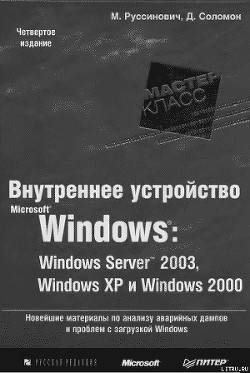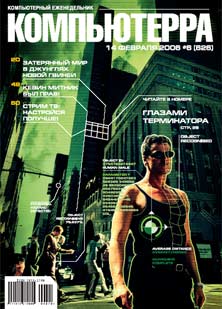
Аннотация
The interconnected world of the current era has drastically changed everything, including banking, entertainment, and even statecraft. Despite differences in users, purposes, and security profiles, these digital applications have at least one thing in common: they all require properly applied cryptography to work correctly.
Informally, cryptography is the mathematics of secrets. We need secret codes to make messages unreadable to unauthorized eyes, to make messages unchangeable, and to know who sent the message. Practical cryptography is the design and use of these codes in real systems.
This book is primarily for computer programmers with little or no previous background with cryptography. Although mathematics makes brief appearances in the book, the overall approach is to teach introductory cryptography concepts by example.
Our journey begins with some introductory components, including hashing algorithms, symmetric encryption, and asymmetric encryption. Next, we go beyond encryption and into the realm of digital certificates, signatures, and message authentication codes. The final chapters show how these various elements come together in interesting and useful combinations, such as Kerberos and TLS.
Another important part of cryptography by example is cryptography by bad example! In this book we will break things on purpose to help the reader appreciate what motivates accepted best practices. Exercises and examples include walk-throughs of real vulnerabilities that have afflicted the Internet. The bad examples will help the reader gain a greater intuition of what goes wrong in cryptography and why.






Комментарии к книге "Practical Cryptography in Python"